
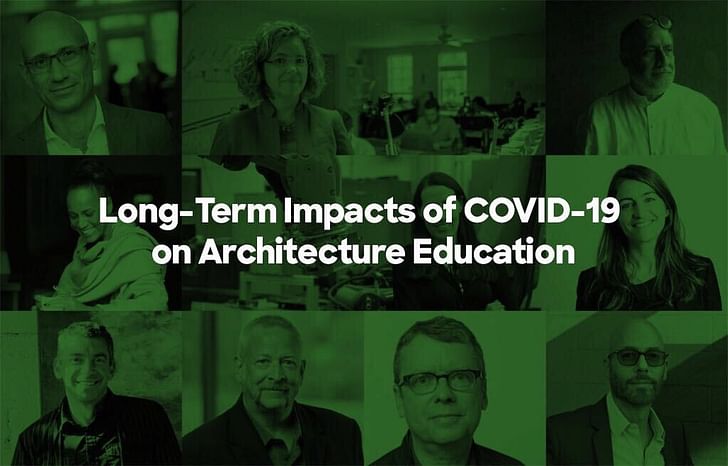
In an effort to gather more information regarding how schools of architecture are adapting to the COVID-19 crisis, Archinect has reached out to a collection of architecture deans and program chairs for specific insight into how each institution is responding to the crisis individually.
The first installment of a three-part COVID-19-specific Deans List update explored the fast-paced changes that are taking place at these institutions as uncertainty and rapid-response approaches become a matter of daily life. For the second installment of this series, we asked architecture directors to convey cover how COVID-19 has impacted traditional end-of-the-year activities like final reviews, thesis exhibitions, and other events. Our final installment, we asked these architecture leaders to share what they view as potential long-term impacts of the COVID-19 crisis on architectural education.
Iñaki Alday, Dean & Koch Chair in Architecture, Tulane University School of Architecture
new delivery modes and technologies may help us to criticize the very own relation of master and pupil that we have kept nurturing over generations [...] and to suggest a more open and challenging relation.
I see at least to positive and well-deserved shake ups. One, the real and urgent issues going on in the planet are not something we can choose to face or not. We knew about the environmental and social crisis and have been still cherry-picking portions and combined those preoccupations with absolutely endogamic and irrelevant prompts. Now we know that there are more issues like this pandemic, in which the conditions of the built environment—from northern isolated suburban settings to the most crowded megacities in the global south—will have a gigantic influence that we cannot foresee yet.
Two, as educators, this has brought us out of our comfort zone. And not only intellectually in the questions we face—as mentioned before. It is always a temptation to educate in the way we have been educated. However, new delivery modes and technologies may help us to criticize the very own relation of master and pupil that we have kept nurturing over generations—still, our studios are essentially a Beaux Arts, 19th-century design studio with the addition of screens—and to suggest a more open and challenging relation.
While we are incorporating many new tools and techniques for teaching and learning, the physical space is still essential for architecture education.
While we are incorporating many new tools and techniques for teaching and learning, the physical space is still essential for architecture education. If anything, we should be ambassadors for the importance of physical space and its design. We need to advocate for designed spaces as generators of activities and as platforms to bring people together and communities to flourish. One of the biggest challenges in architectural education will be the disconnect from the resources dedicated to materials, fabrication, and the physical implications of producing things into the world. We have some plans in place on how to continue to make these resources accessible and relevant to students during these times, but I can see how this could be a future challenge.
Another impact will be the way we think about spaces and cities in terms of densities and how closely connected we are. I believe this COVID-19 situation will push architecture education in different ways, some emphasizing the more cautious scenarios and others more adaptable and undefined. Schools will rethink curriculums, formats, modalities, sizes of cohorts, travel experiences, and flexibility in dealing with unexpected situations. I believe architecture schools are leading the way in many universities helping to address the current situation and will prove essential in helping to prepare for other possible scenarios.
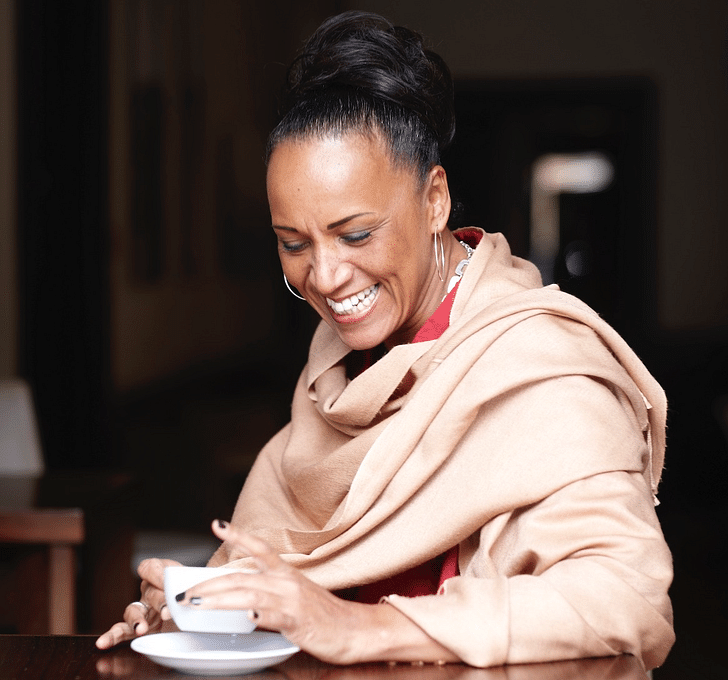
Lesley Lokko, Dean, Bernard and Anne Spitzer School of Architecture, City College of New York (CCNY)
[COVID-19] should force us as educators, whose fields are the whole of the built and unbuilt environments, to think about the inter-connectedness of all forms of life on earth; to recognize that the segregation of knowledges within the academy not only mirrors the apartheid-like nature of life outside it, it shapes it. Will it? Perhaps.
I think it's too early to tell. In the immediate aftermath, most crises produce wake turbulence, which eventually settles into a more forgiving slipstream. Sometimes the turbulence provides a moment where innovations that might ordinarily take months or years to coalesce, suddenly erupt, but turbulence is also dangerous, not just for aircraft. In the media handling of this crisis, there's already a different sense of “social distancing” emerging, both in the US and the UK. Whilst it may be statistically correct, the “othering” of both the cause (the “Chinese”) and now the victims (African Americans, Latino Americans, BAME, which in the UK stands for “Black And Minority Ethnic”) is troubling. It provokes us yet again to question what we mean when we say the words “public,” “community,” “nation,” “us,” and “them.” It should force us as educators, whose fields are the whole of the built and unbuilt environments, to think about the inter-connectedness of all forms of life on earth; to recognize that the segregation of knowledges within the academy not only mirrors the apartheid-like nature of life outside it, it shapes it. Will it? Perhaps.
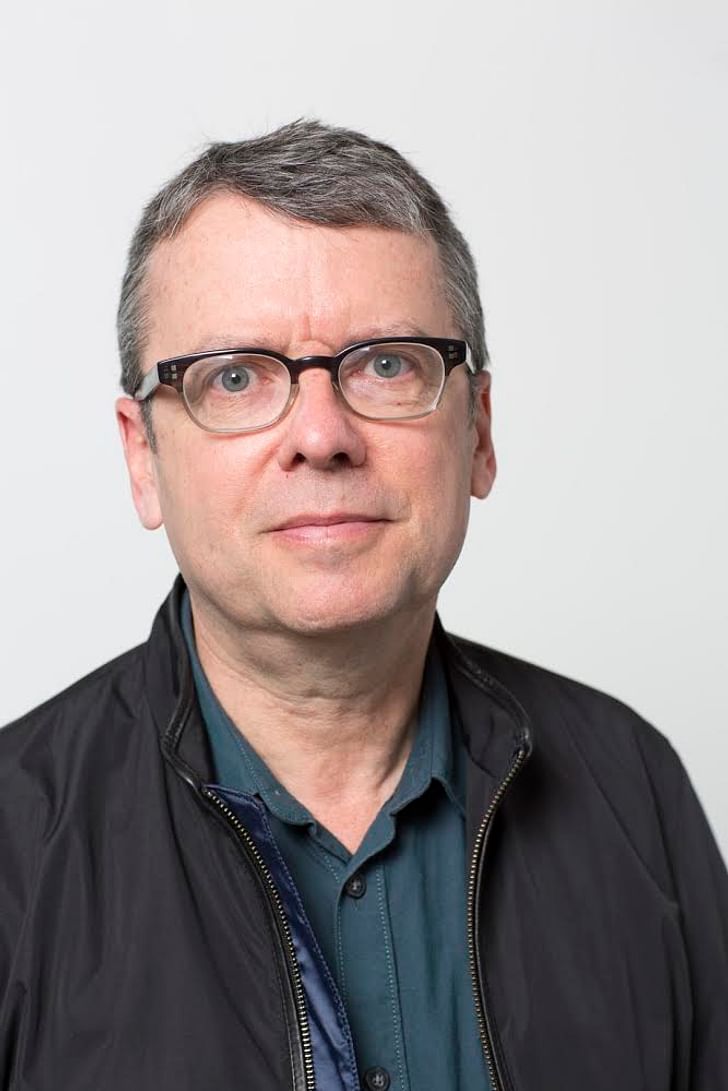
Although the situation is negative, the hope is that we will learn to be more careful about what we assume our students are able to manage.
One of the things that has been striking to me is that this crisis has educated faculty and administration at the wide disparities in living conditions and availability of technology. These inequities were largely hidden in a system that each student was provided a safe space to work and access to a certain level of infrastructure. Although the situation is negative, the hope is that we will learn to be more careful about what we assume our students are able to manage. I also think there have been some teaching innovations as we have had to be more conscious about how we teach design and have learned about what is most essential. In addition, this kind of challenge to our everyday routines and ways of working may ask us to think more carefully about what architecture can and should address. Perhaps it will initiate a call for schools of architecture (and architects) to move away from empty formalism and take on challenges that make a difference.
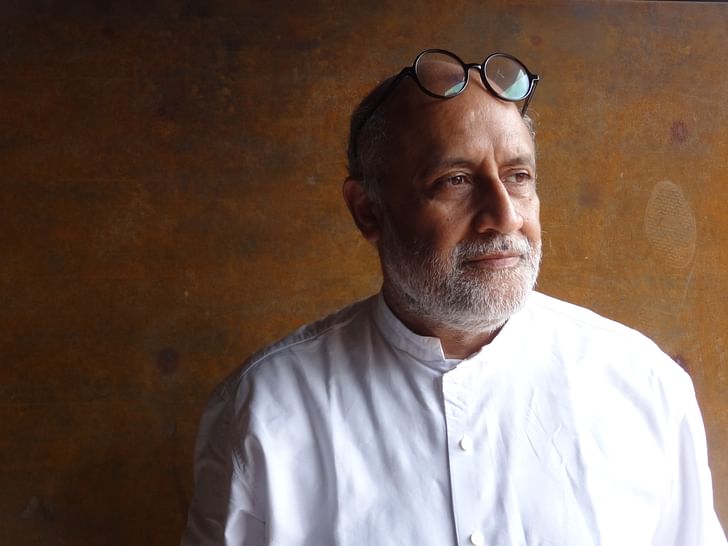
Rahul Mehrotra, Dean Designate, Harvard Graduate School of Design
formats of education could also well be transformed in the foreseeable future into a hybrid formulation of its delivery; the virtual, that we are currently employing as an emergency mode, is bound to at least leave a trace, if not shift the foundations of pedagogy.
As disciplines, architecture, urban design, urban planning, and landscape architecture will become aware of one additional force that could inform the “new normal” – social distancing. More generally, our disciplines will also have a heightened sense of their intrinsic relationships with the broader ecologies in which they are situated globally. This heightened sense of awareness will propel, I think, education to respond: How do we train a new generation of designers and practitioners to be more encompassing of anticipated conditions or of larger spheres of concern, such as a pandemic, or those emanating from our larger spheres of concern like climate change? Education finally has to not only make students aware of these concerns, but also equip them to broaden their spheres of influence to act on these concerns. Besides these pedagogical shifts, formats of education could also well be transformed in the foreseeable future into a hybrid formulation of its delivery; the virtual, that we are currently employing as an emergency mode, is bound to at least leave a trace, if not shift the foundations of pedagogy.

David Mohney, Dean, Michael Graves College, Kean University and Wenzhou-Kean University
I am advocating for a major infrastructure program -- call it a WPA 2.0 -- to provide meaningful work for professionals, and in a manner where the schools of architecture are integral resources in that rebuilding effort.
Beyond the obvious imperative to calibrate online learning into our pedagogy, an even bigger question for me is to what degree the pandemic will curtain the architectural profession. In the past, major economic disruptions have resulted in the loss of a significant number of firms, and the diminished market for employment affected the number of students attending professional programs around the country. I worry we are setting up for a similar contraction in the near future. That is why I am advocating for a major infrastructure program -- call it a WPA 2.0 -- to provide meaningful work for professionals, and in a manner where the schools of architecture are integral resources in that rebuilding effort.

Stephen Philips, Director, Cal Poly LA Metro, Cal Poly San Luis Obispo
One might find that where most art and design studios are better suited for in-person education, lectures and some seminars do just as well if not better online.
Well on a good note – we are quickly getting better at working online and adapting to new software trends available for long-distance learning, teaching, and professional practice. Zoom and Canvas, for example, as well as other online platforms have been available for years, but are quickly improving now that so many people are interfacing with them so intensively. ConceptBoard and Miro software that support architects to work together whether for studio or professional projects have significant potential for long term use as well. Students should definitely be familiar with these types of online platforms, especially if we see a trend toward smaller long-distance professional post-Fordist creative design offices in the future.
I think as faculty we have been very reticent to embrace online and distance learning educational models over recent years. Perhaps we carried similar historical fears of these digital tools as factory workers had for robots. Not that online education will ever be employed again universally as it is now, but I suspect some courses may never return from these online platforms to in-person teaching, either. Online education may in fact be ecologically more responsible in many cases, as it does bring opportunities for us to work, visit, and lecture to students at greater distances from where we live. One might find that where most art and design studios are better suited for in-person education, lectures and some seminars do just as well if not better online. That kind of freedom to craft different educational scenarios for simultaneous on- and off-campus learning experiences will give universities new opportunities that might very well impact building and campus design needs down the line supporting greater efficiencies leading to more economical education for students. Certainly, there is hope.
Of course, we are also quickly recognizing how important in-person social engagement and human interaction is for happiness and social development. Campus life really matters. Once there is a vaccine and we are able to safely to return to gathering in not only small, but medium and large groups again -- in time, I suspect we will be very happy to be back working together.
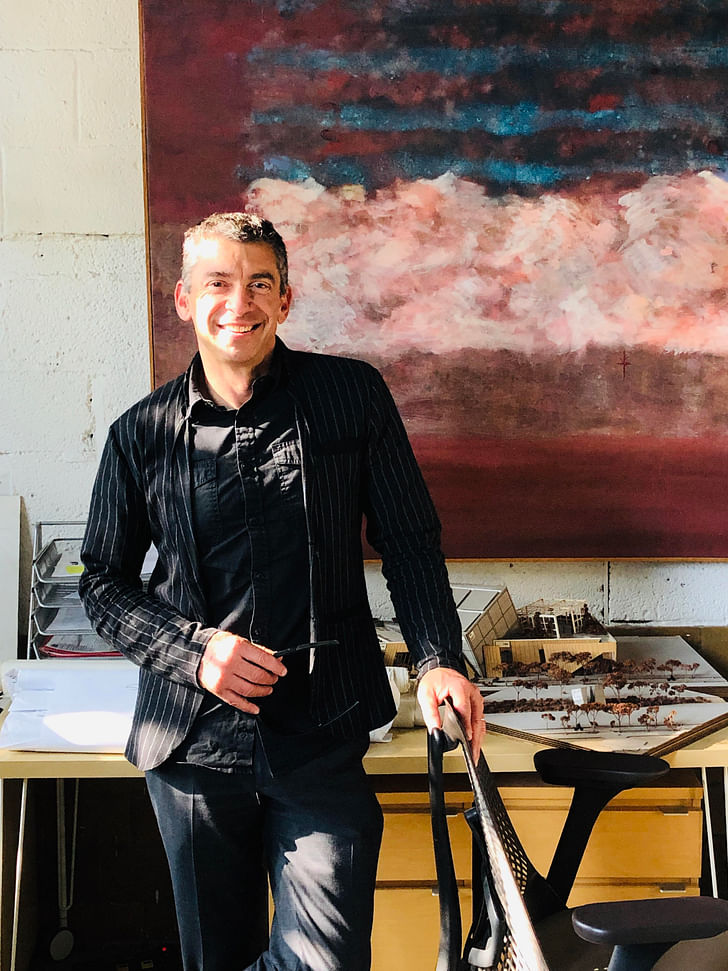
Dan Pitera, Dean, University of Detroit Mercy School of Architecture
we as educational institutions must prepare our students to be architects whose ethical responsibility is to a world that does not see boundaries between properties, neighborhoods, cities and towns, states, and nations.
I propose that we may be living in the Future now. At risk of sounding apocalyptic, living and working through this current uncharted pandemic is the very thing that is preparing us and our students for the way things may be. Climate change… Discrimination (for any reason)… A viral pandemic that places the world on hold… These situations ignore property lines, building codes, local and national political boundaries. These pressing issues are what students need to be able to adapt to in the future. But to many new students or people in general, these things may seem ambiguous and have little or nothing to do with the art of building. I would suggest that on the contrary, they have everything to do with how our discipline will change or not change, will grow or not grow.
Although architects operate as a client-based profession—and I do not see that circumstance changing anytime soon—we as educational institutions must prepare our students to be architects whose ethical responsibility is to a world that does not see boundaries between properties, neighborhoods, cities and towns, states, and nations.
The implications of an architect’s work extend far beyond the physical limits of any property lines. They are artificial lines in the sand.
There has been an underlying resistance to online teaching and learning in architectural curriculums of many institutions. I hope that this unplanned and urgent shift has shown us that we can embrace methods of online teaching as an alternative that is neither worse or better than in-person methods, but merely different. If used thoughtfully and critically, online practices can expand our techniques for educating rather than limiting them or shifting them away from in-person processes.
Monica Ponce de Leon, Princeton School of Architecture
I do think that there will be a long-term increased focus on architecture's capacity to propose alternatives to the status quo, and an increased interest in the relationship between design, history/theory and technology.
In the long run, I do not anticipate a dramatic change on how we teach. However, I do think that there will be a long-term increased focus on architecture's capacity to propose alternatives to the status quo, and an increased interest in the relationship between design, history/theory and technology. The COVID-19 crisis has exposed more intensely than ever before the unseen forces that shape the built environment, as well as its consequences.

I would hope that issues of climate change, urbanism, and building performance receive a larger portion of our collective intelligence and labor.
This question has a few interpretations. I’ll share responses to both. In the near-term, the COVID-19 situation will impact higher education tremendously. Universities are accruing significant financial losses that won’t be easily addressed given unprecedented demands for state and federal resources. Before COVID-19 there was an affordability crisis in higher education. After COVID-19 this will grow more challenging. I suspect universities will have no choice but to consider new formats for delivering education in order to drive down costs and improve access. If this is inevitable, I hope educators rather than politicians or venture capitalists will direct this process in order to preserve and expand knowledge rather than further commodify it.
In terms of architectural education in particular, I would hope that issues of climate change, urbanism, and building performance receive a larger portion of our collective intelligence and labor. Architects have an incredible capacity to imagine the future. We have to activate the public to support investment in the future of our infrastructure, our climate responses, and our living environments. This requires vision, competence, and advocacy for the future we want to enact.

Jeff Schnabel, Director, Director, School of Architecture at Portland State University (PSU)
My hope is that the impact of the virus is to demonstrate that students thrive when they are exposed to a full spectrum of tools in the development and expression of architecture.
There is a pedagogically positive aspect to this challenging moment. Our students were quick to ask about the degree of accommodation we were going to make given their less than ideal working conditions and limited resources. While we will of course be sensitive to the circumstances for each student, we have been clear with them that our expectations for creative thinking, rigorous exploration, and expressive making have not declined. This is an opportunity for students to do a lot with a little. As I explained to them, in practice one does not give up on the pursuit of architecture simply because a client isn't blessed with abundant resources. Right now our students don't have access to the 3D-Plotters, laser cutters, and digital routers, but throughout their coursework in the program they have been tasked with all forms of making and media. I am excited to see how far they can take an architectural idea with what they have on hand. My hope is that the impact of the virus is to demonstrate that students thrive when they are exposed to a full spectrum of tools in the development and expression of architecture.
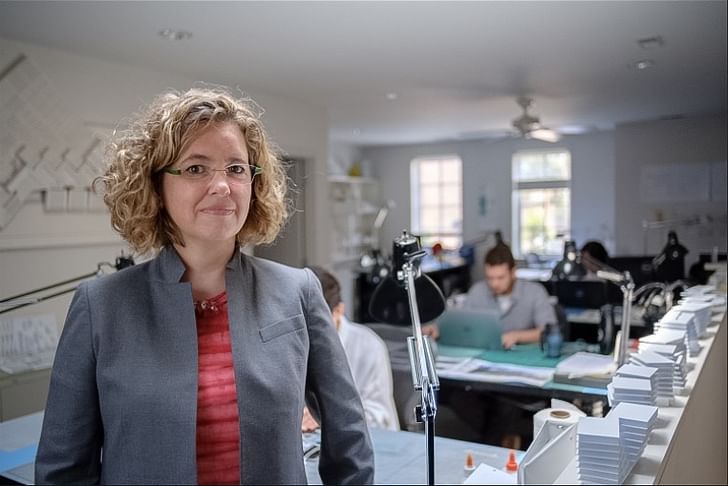
Our success relies on the well-being of others -- how might architects and designers address inequities? How do we care for our local community and protect the environment? How might technology render new patterns of open communication, shared responsibility, and self-reliance?
The design community is a resilient one. Perhaps it’s the nature of our work. We solve problems and adapt to new situations. When conditions are complex and fluid, architects and designers have a predilection for inventiveness. Architects understand the world is interconnected and that our success relies on the work and well-being of others. We know that family, belonging, and beauty, are as necessary to life as sustenance. The COVID-19 crisis has strengthened our resolve.
The COVID-19 crisis forced us all to ask some tough questions about our society’s collective value systems — issues that will linger beyond the current moment. We must adapt our work to the current situation under systemic conditions that are complex and fluid, doubling down on our resolve that the world is interconnected. Our success relies on the well-being of others -- how might architects and designers address inequities? How do we care for our local community and protect the environment? How might technology render new patterns of open communication, shared responsibility, and self-reliance?
The current crisis heightens the importance of this work. We must face these questions with renewed energy, optimism, and urgency.
No Comments
Block this user
Are you sure you want to block this user and hide all related comments throughout the site?
Archinect
This is your first comment on Archinect. Your comment will be visible once approved.